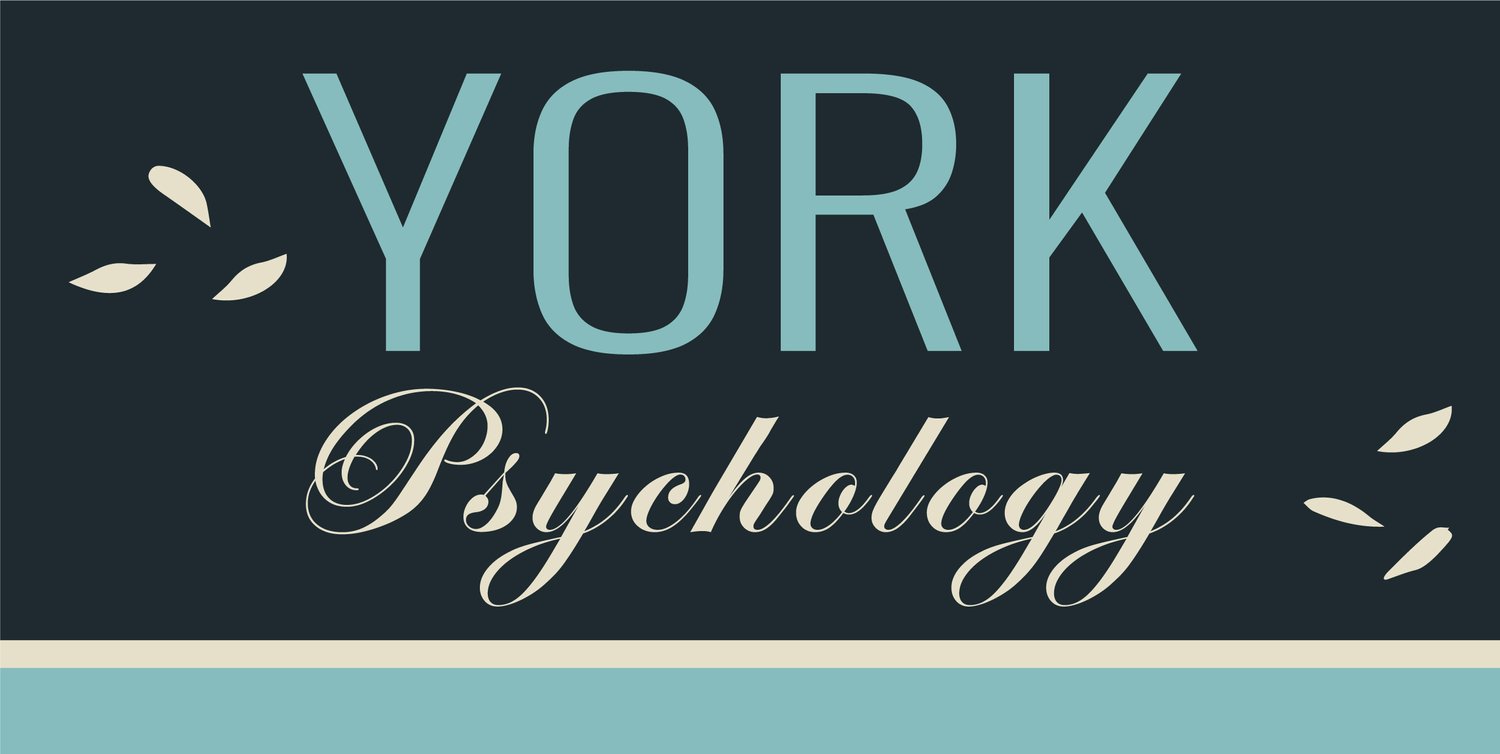For Teachers: Having a Year Plan for Personal Wellness is as Important as Your Teaching Year Plan
Hey Alberta teachers - happy August 1st! We're at the halfway point of summer, which means it's (probably) only a few more weeks until you're getting things ready for September (hopefully you aren’t back at it already!). Before you get to year planning and into the details of setting up your classroom, I want to challenge you to consider this: make yourself a personal wellness plan for the year before you start to plan for curriculum.
What is a wellness year plan? Great question! It's something that can help you to stay on top of managing stress so that you can respond proactively to challenges and ward off burnout. Having a detailed plan of ways to take care of yourself during stress (both daily and over time) is just as important as having a well-crafted year plan. You’re probably a meticulous, detailed planner when it comes to the ins-and-outs of teaching kids. It’s important to direct that same level of care and attention to knowing what will support YOU before you head back into the new school year.
What might a wellness plan look like? First, identify the activities or things you've been doing this summer that make you feel rested, rejuvenated, and more connected to yourself. If you need ideas, the best evidence-backed strategies for completing your stress cycle are:
🌻exercise (especially cardio)
🌻sleep
🌻positive social connection
🌻physical affection
🌻crying
🌻belly laughter
🌻creative expression.
Note which things you have been doing this summer that make you feel good. These are same things you're going to want to build into your daily weekly schedule - I like to call these my “non-negotiables”. These are the things you’re going to return to again and again when you notice that you’re feeling the stress (both in your mind and your body) and you need proactive ways to manage it. Get really granular - take time making a big list or menu of things that you know you love to do that are guaranteed to make you feel better/regulated/connected. Maybe it’s an exercise class or walking your dog. Maybe it’s coffee with your friends. Maybe it’s watching a movie with your kids, painting, playing an instrument, or going for a hike. It doesn’t matter what it is as long as it works for you. Write these things down and post them somewhere that you’ll see them regularly to remind you to engage in them as often as possible. Stress relief is not a luxury - it has to be part of your daily plan. You have to take care of yourself first, and you need to do it well if you want to have enough energy and resources to support the other people in your life, including your students.
Next, map out known time/energy consuming dates that you know are coming. September is an exhausting month (so are December and June). Report cards, IPPs, parent meetings, extra curriculars - these are all things that will tax your nervous system. Identifying the known dates or time periods can help you to plan for extra care around those times. Maybe that means meal planning in advance, delegating household tasks to family members or even scheduling more sleep and rest when you know you'll be in survival mode. Being aware of what's coming and planning with your nervous system in mind can help you maintain the energy you need to get through those seasons - and avoid burnout.
Finally, share your plan with someone else - a partner, colleague, or friend. Getting support from others to help us maintain our work-life balance and prioritize our human needs (not just productivity goals) is an important way to stay connected to ourselves.
Need help making a wellness plan, or need to learn more about stress, burnout, and how to take care of it? Book a session with me. This is my favourite work to do, and I’d love to support you! https://york-psychology.janeapp.com/#staff_member/1
